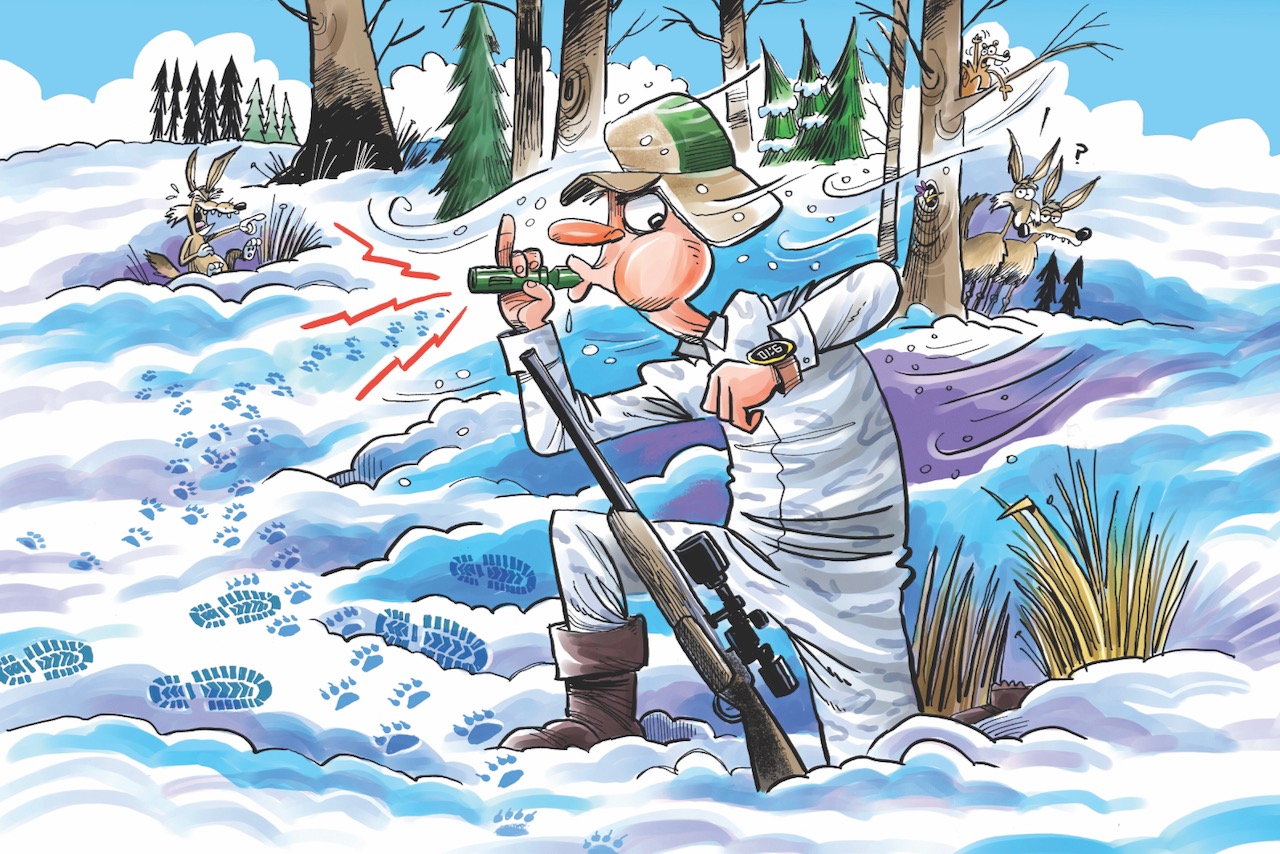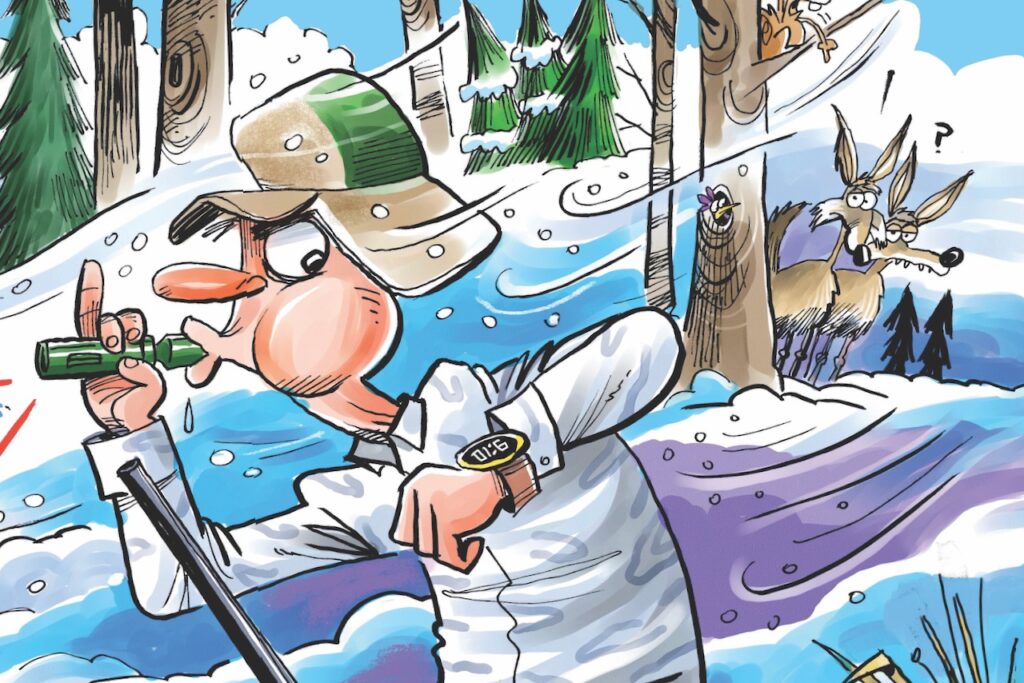COYOTE UGLIES
Five ways to completely botch your coyote hunt—and how to avoid them in the first place
Advertisement
#1 CALL FROM AN UPWIND POSITION
To suggest a coyote is unpredictable is an understatement. While some will come racing to a call, most will trot in, constantly checking air currents in an effort to scent whatever is making the noise. Coyotes have amazing eyesight, but it’s nearly impossible to beat their sense of smell. Like most predatory wildlife, they rely on it to survive.
Advertisement
Coyotes find wounded or trapped prey enticing, so distress cries will often capture their attention. With the prospect of an easy meal, especially when there’s heavy snow cover, you might think they’d race in without a second thought and grab what’s making all the ruckus. That’s the exception, however, with most coyotes circling and approaching from a downwind position instead.
Often when I set up in a particular woodlot or drainage, I know where the dens are located and I have a good idea where the coyotes will be hanging out. Whenever possible, I try to call from a downwind position. Not every situation lends itself to calling from directly downwind, though, so sometimes you have to improvise.
In those situations, it’s important to play the odds. Take the time to assess where you think a coyote might approach from—a crosswind option may be the next best play. As long as you can see at least 50 yards (or ideally, 200 yards or more) with either a crosswind or the wind directly in your face, your chances are good.
Advertisement
Even still, on many occasions, especially if you’re calling in heavily wooded areas, you’ll have a coyote sneak in, circle and catch your scent. When that happens, you’re unlikely to see the wily predator again, let alone get a shot at it.


